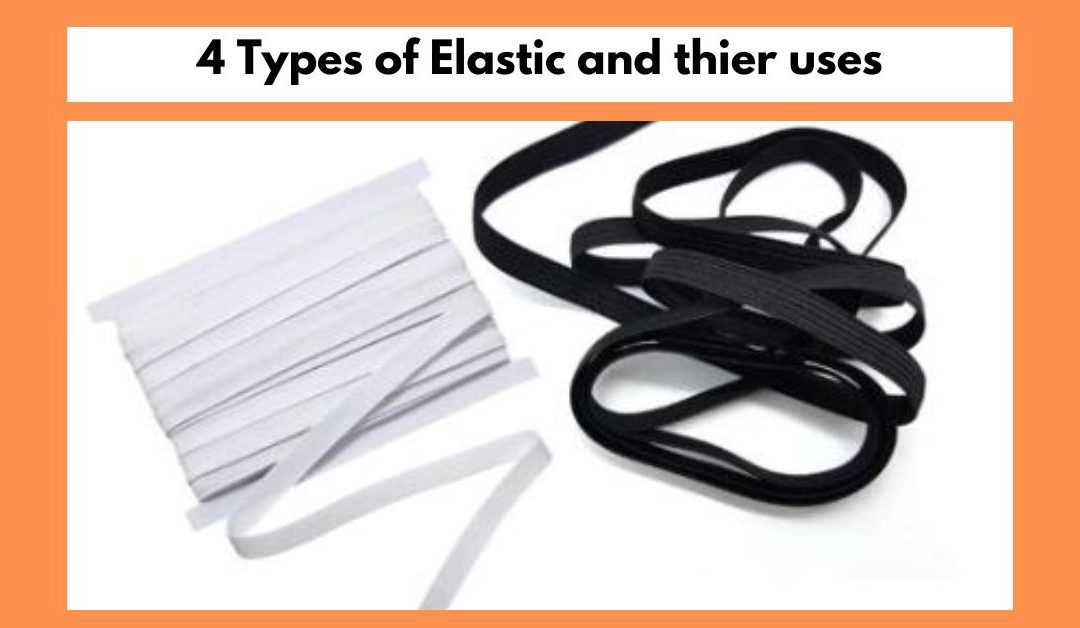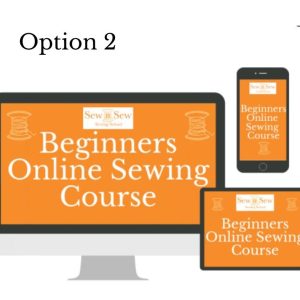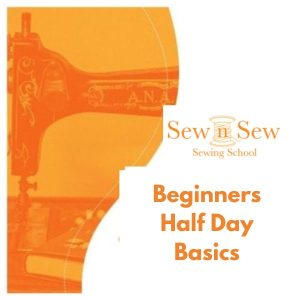Elastic and its uses
Elastic is a stretchy material commonly used in sewing to create gathers, cinch in fabric, or provide support to clothing. There are different types of elastic available, each with its unique properties and uses. In this blog post, we will explore 4 types of elastic and their uses also explain why non-roll elastic is better than other types. We will also discuss why it is not a good idea to use cheap elastic in your sewing projects.
1. Braided Elastic
Braided elastic is made from several strands of rubber or latex that are braided together. This type of elastic is very strong and durable and is perfect for heavy-duty applications, such as waistbands or sleeves. Braided elastic has excellent stretch and recovery and can be sewn directly onto the fabric.
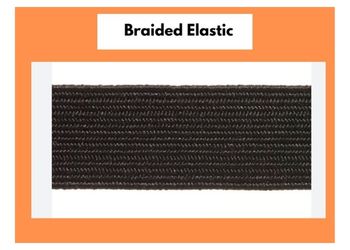
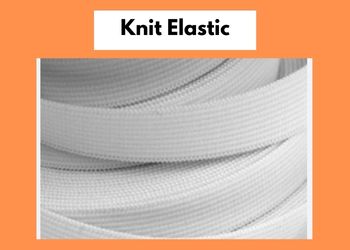
2. Knit Elastic
Knit elastic is made from a blend of polyester and rubber. It is soft, comfortable, and stretches well. Knit elastic is ideal for lightweight fabrics and garments that require a lot of movement, such as sportswear or underwear.
3. Woven Elastic
The process of creating woven elastic involves combining rubber with polyester or nylon, resulting in a material that is well-suited for heavy-duty applications, such as waistbands or belts, due to its strength, durability, and excellent stretch and recovery properties.
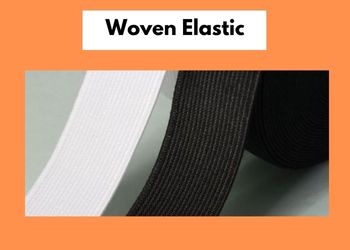
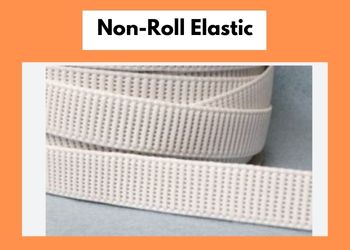
4. Non Roll Elastic
Non-roll elastic is preferred over other types of elastic for various reasons. Firstly, it is designed to remain in position during use, thereby eliminating concerns regarding the rolling or twisting of waistbands or cuffs. This attribute is especially significant for attire that requires a polished and refined appearance, such as dress pants or skirts.
Second, non-roll elastic has excellent stretch and recovery, so it will maintain its shape and elasticity even after repeated use and washing. This means that your garment will fit well and look great for a long time.
Finally, non-roll elastic is very easy to work with. It can be sewn directly onto the fabric, and it doesn’t require any special handling or treatment
Why Non-Roll Elastic is Better
Non-roll elastic is better than other types of elastic for several reasons. First, it stays in place during use, so you don’t have to worry about your waistband or cuffs rolling or twisting. This is particularly important for garments that need to look neat and professional, such as dress pants or skirts.
Second, non-roll elastic has excellent stretch and recovery, so it will maintain its shape and elasticity even after repeated use and washing. This means that your garment will fit well and look great for a long time.
Finally, non-roll elastic is very easy to work with. It can be sewn directly onto the fabric, and it doesn’t require any special handling or treatment.
Why Cheap Elastic is Not Good to Use
While it may be tempting to use cheap elastic to save money, it is not a good idea. Cheap elastic is usually made from inferior materials and may not have the same stretch and recovery as high-quality elastic. This means that your garment may not fit well and may not look as good as it should.
In addition, cheap elastic may not be very durable and may break or stretch out of shape after just a few uses. This can be frustrating and may lead to having to replace the elastic frequently.
Finally, cheap elastic may not be very easy to work with. It may be more difficult to sew onto the fabric, and it may not hold up well during washing and drying.
;In conclusion, there are different types of elastic available, each with its unique properties and uses. Non-roll elastic is better than other types of elastic because it stays in place, has excellent stretch and recovery, and is easy to work with. It is not a good idea to use cheap elastic in your sewing projects because it may not be as durable or easy to work with as high-quality elastic. By choosing the right type of elastic and using high-quality materials, you can create beautiful, well-fitting garments that will last for a long time
I hope that you have learned more about the 4 types of Elastic and what they are used for.
Learn how to insert elastic into a garment the easy way in my Intermediate Online Sewing Course.
Intermediate Online Sewing Course Click Here
If you don’t know how to sew and would like to learn follow this link below to see what you can learn on the Beginners Online Sewing Course. Everything is supplied for the course including the “Know your Fabric Book” and the “Sewing Project Planner”

